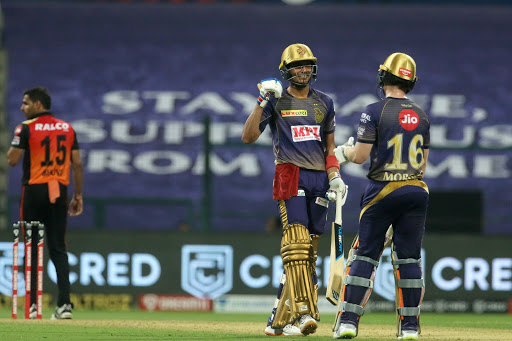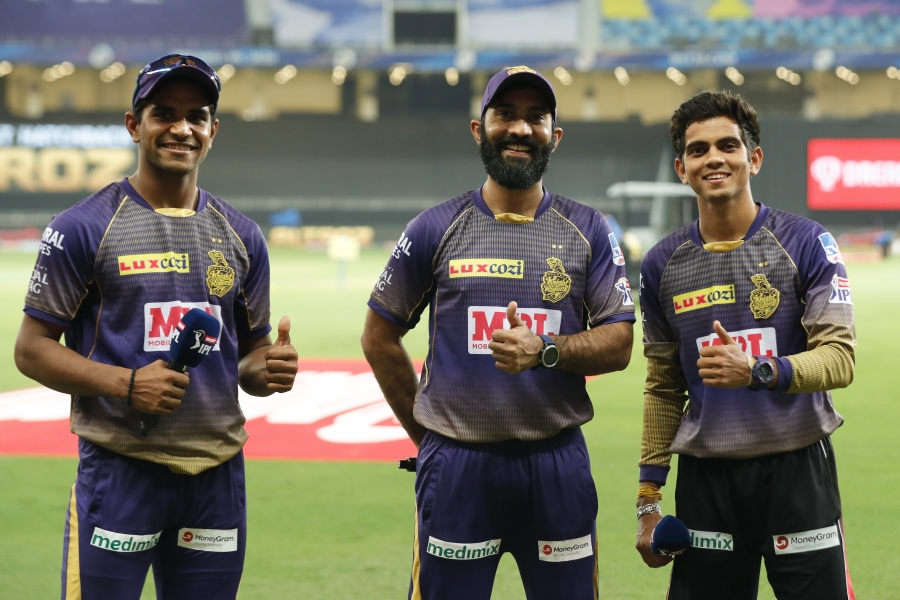News
IPL – Where talent meets opportunity
 OPINION
OPINIONAyaz Memon delves into IPL's role as a learning curve for the young players in India
Young Indian players have hit the headlines fairly early in this edition of the IPL. Kamlesh Nagarkoti, Shivam Mavi, Shubman Gill (KKR), Ravi Bishnoi (Kings XI), Ishan Kishan and Rahul Chahar (Mumbai Indians), have done the start turn by their teams, in one or more matches in the past week, turning the focus away somewhat from usual suspects MS Dhoni, Virat Kohli, Rohit Sharma, R Ashwin and a few others.
In the under-25 age group, Prithvi Shaw and Rishabh Pant (Both Delhi Capitals), Washington Sundar (RCB) have also garnered attention, if not quite to the same extent as those mentioned earlier. Look at those a few years older, and you come to K L Rahul, Mayank Agarwal and Sanju Samson who have been making waves too.
I am focusing on these players to highlight how important the IPL has become for budding talent in India to capture the interest of people who matter: national selectors, coaches, captain and other influentials in the system, which would otherwise have taken much, much longer.
When the league started in 2008, spotting, supporting and succouring young Indian cricketers was one of the main objectives but was met with scepticism, if not outright cynicism. ``This is an eyewash,’’ said the critics, ``to cover up for the crass commercialization that the IPL promotes.’’
There was so much brouhaha over star players going under the hammer and being bought by rich business houses or HNIs, that this disbelief did not seem baseless.
Moreover, at that point in time, nobody was quite sure how the IPL would pan out. Concern for Indian youngsters looked like it may have value only as an expression of noble intent rather than tangible deeds.
While junior cricket, especially in the under-19 age group, was already well-structured in India, the BCCI appeared to be too consumed at a point in time in profiteering from the IPL to be overly concerned about them beyond the homilies, critics argued.
Happily, as things have unravelled over the past 13 years, fears and compunctions that young Indian cricketer would get lost or crushed in the melee and clamour franchises, coaches and captain chasing star players – from home and overseas – have been proved unfounded.
In fact, the IPL has become a major hunting ground for talent to the national team across formats. Here is a brief list of players who have represented India in the last decade to substantiate this:
R Ashwin, Ravindra Jadeja, Jasprit Bumrah, Pandya brothers, K L Rahul, even Virat Kohli and Rohit Sharma to an extent, have benefited from their exploits in the IPL, which fast-tracked them into international cricket for India.
The list can get three-fold longer. I have restricted myself to major names, not those who made the squad in one or multiple formats but couldn’t retain their place.
That said, the IPL’s role in pitchforking young players into international cricket for India can’t be seen in isolation. That must necessarily be juxtaposed with the country’s amazing prowess in under-19 cricket in the last two decades to get the real picture.
Since Yuvraj Singh, Mohamed Kaif and Irfan Pathan caught the imagination of the country with their exploits in under-19 cricket at the turn of the millennium, this age group has not just become popular, but also the major supply line for talent to the Indian team.
A bulk of the players I’ve mentioned in this piece have come from the under-19 ranks. What’s more important is that talent into this age group comes from a `hub and spoke’ model that has been put in place by the BCCI.
What this means is that even the most mofussil areas are reached in search of talent, and the most promising ones then make it to the bigger centres where they get the benefit of better facilities, coaching et al.
The fact that so many of India’s cricketers now come from mofussil areas or small towns is not just because of the `Dhoni Effect’. That has played a role too, but without robust support systems in place, it wouldn’t have produced high-quality cricketers regularly.
The IPL then becomes the bridge for under-19 players to try and make it to the national team. Franchises are always in search of promising young talent, and since the India under-19 teams have been excelling since the turn of the century, they are the first point of interest for talent scouts.
There are two other significant things that take place when an under-19 player gets an IPL assignment. One, he gets a mega platform to announce his credentials as it were. For the 7-8 weeks that it is played, the world’s attention is on the league.
The second aspect carries even more meaning in the development of the young cricketer who finds a place in the IPL. He gets an opportunity to brush shoulders with the game’s best practitioners. This is a massive boon, for there is no better learning curve.
Imagine, when K L Rahul was with RCB, he was spending time in the dug-out, in hotels, wherever with Virat Kohli and AB de Villiers, and not only watch them from close quarters but also the license to pick their brains.
Likewise, Shubham Gill can gain so much from Eoin Morgan, Pat Cummins, Sunil Narine as part of the KKR squad. This education from the best players in the world would have been impossible if the IPL was not around. Or at least would take years to find.

Young players introduced into the IPL get this in a couple of seasons. What they make of it, of course, remains their big test. That depends on personal ambition, motivation, and capacity for hard work.
The IPL offers opportunities, not a free ride to success at the international level. That has to be still hard-earned.

